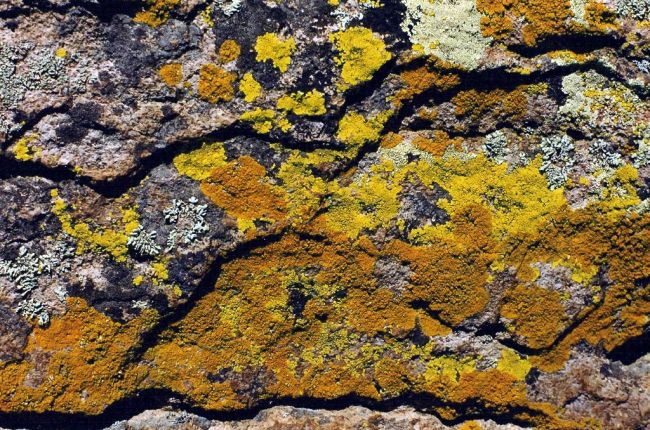
Living things also help form soil. Once rock is weathered into smaller particles, microorganisms and small plants begin to establish themselves there. The microorganisms’ metabolisms release carbon dioxide which readily dissolves in water, forming additional amounts of carbonic acid. The weathering process continues, creating finer particles of new minerals. Below are some examples.
Burrowing animals
Soil formation is enhanced by many animals, from tiny one-cell organisms to the mammals that make a temporary or permanent home in soil. One of the best known burrowing animals is the earthworm (Lumbricus terrestris). This organism plays an important role in soil ecology. As they tunnel through soil, earthworms make a network of spaces which help aerate the soil, improving the soil’s texture and water drainage. When earthworms form their burrows they deposit waste (called “castings”) along the burrow. These castings contain “soil enrichers;” both organic and inorganic materials that the earthworm has eaten. Earthworms have been called “nature’s plows” because they are constantly turning over the soil and enriching it with their waste materials.
Organic material
Organic material is added to the soil from the decomposition of animals and plants. The remains of once living things in soil provide nutrients for other organisms. Soil fertility is increased as more organisms inhabit the soil and as decayed material (humus) is added to mineral particles. Humus also increases the soil’s capacity for holding water and air, both necessary for plant growth.
Lichens
Lichens are some of the first living organisms that establish themselves on barren rock. Lichens are made up of algae and fungi, which live together in a symbiotic, mutualistic relationship (an interaction in which two organisms depend upon each other). The algae produce food for the fungi and the fungi provide water and protection for the algae. Lichens produce a dilute, acidic solution that slowly causes some minerals in rock to decompose.





